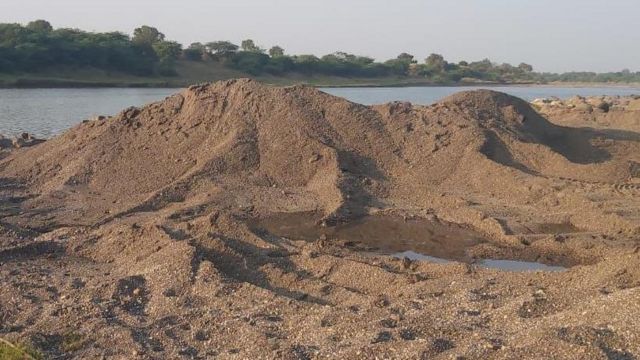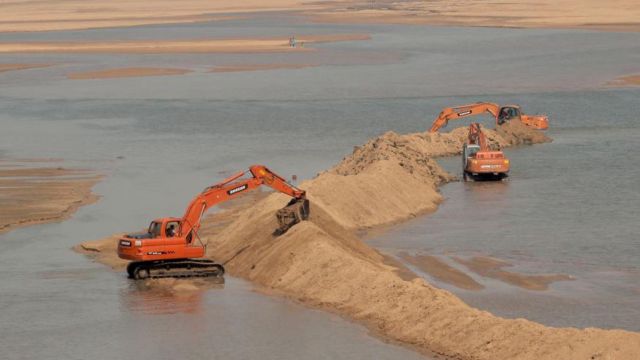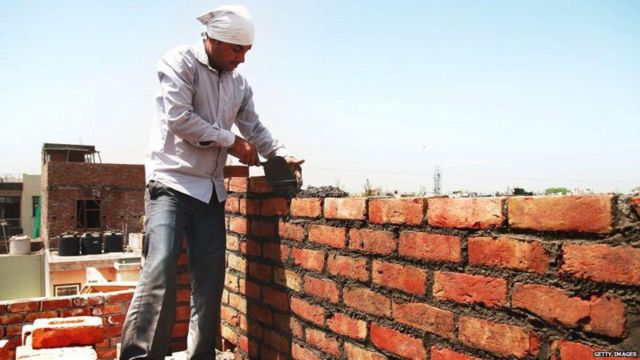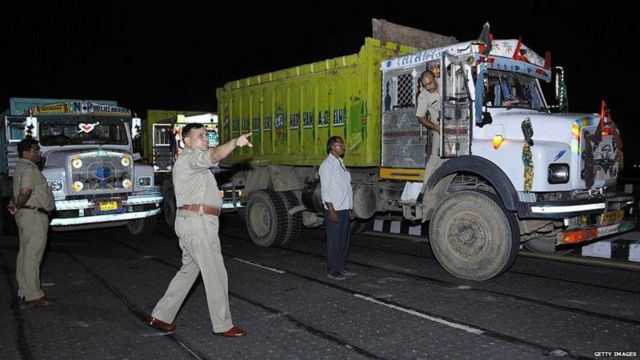**Introduction:**
**1. Embrace the Learning Curve:**
**2. Set Clear Goals:**
Setting goals is a powerful way to stay focused and motivated. Define both short-term and long-term goals for your diploma period. Whether it's achieving a certain GPA, participating in extracurricular activities, or developing specific skills, having clear objectives will give your efforts purpose and direction.
**3. Master Time Management:**
Balancing classes, assignments, and personal activities can be tricky. Mastering time management is essential. Create a study schedule that allocates time for each subject, revision, and breaks. Prioritize tasks based on deadlines and complexity. Remember, it's not just about studying harder; it's about studying smarter.
**4. Actively Participate:**
Polytechnic colleges provide a wealth of resources to support your learning. Utilize the library, online databases, and study materials provided by your instructors. Don't hesitate to ask for help when needed, whether from teachers, classmates, or tutors.
**6. Embrace Practical Learning:**
One of the unique aspects of a polytechnic education is the emphasis on practical learning. Laboratories, workshops, and hands-on projects will help you apply theoretical concepts to real-world scenarios. Embrace these opportunities as they'll prepare you for the challenges of your engineering career.
**7. Develop Critical Thinking:**
Engineering requires problem-solving skills and critical thinking. As you study, focus on understanding the "why" behind concepts. Don't just memorize; strive to comprehend the underlying principles. This approach will serve you well in your coursework and future endeavours.
**8. Stay Curious:**
Build connections with your peers, seniors, and industry professionals. Networking can open doors to internships, projects, and job opportunities. Attend seminars, workshops, and conferences to expand your knowledge and meet like-minded individuals.
**10. Maintain Work-Life Balance:**
While dedication to your studies is important, remember to maintain a healthy work-life balance. Engage in hobbies, spend time with loved ones, and take care of your physical and mental well-being. A balanced life enhances your overall performance.
**Conclusion:**
Hey my dear friends, As I mentioned engineering is journey. sometimes you will feel nervous, depressed and when you will feel like this just dial my number and do one miss call. I am always happy to help you in this journey.
Er. Pravin Kadam. 7840916132

















